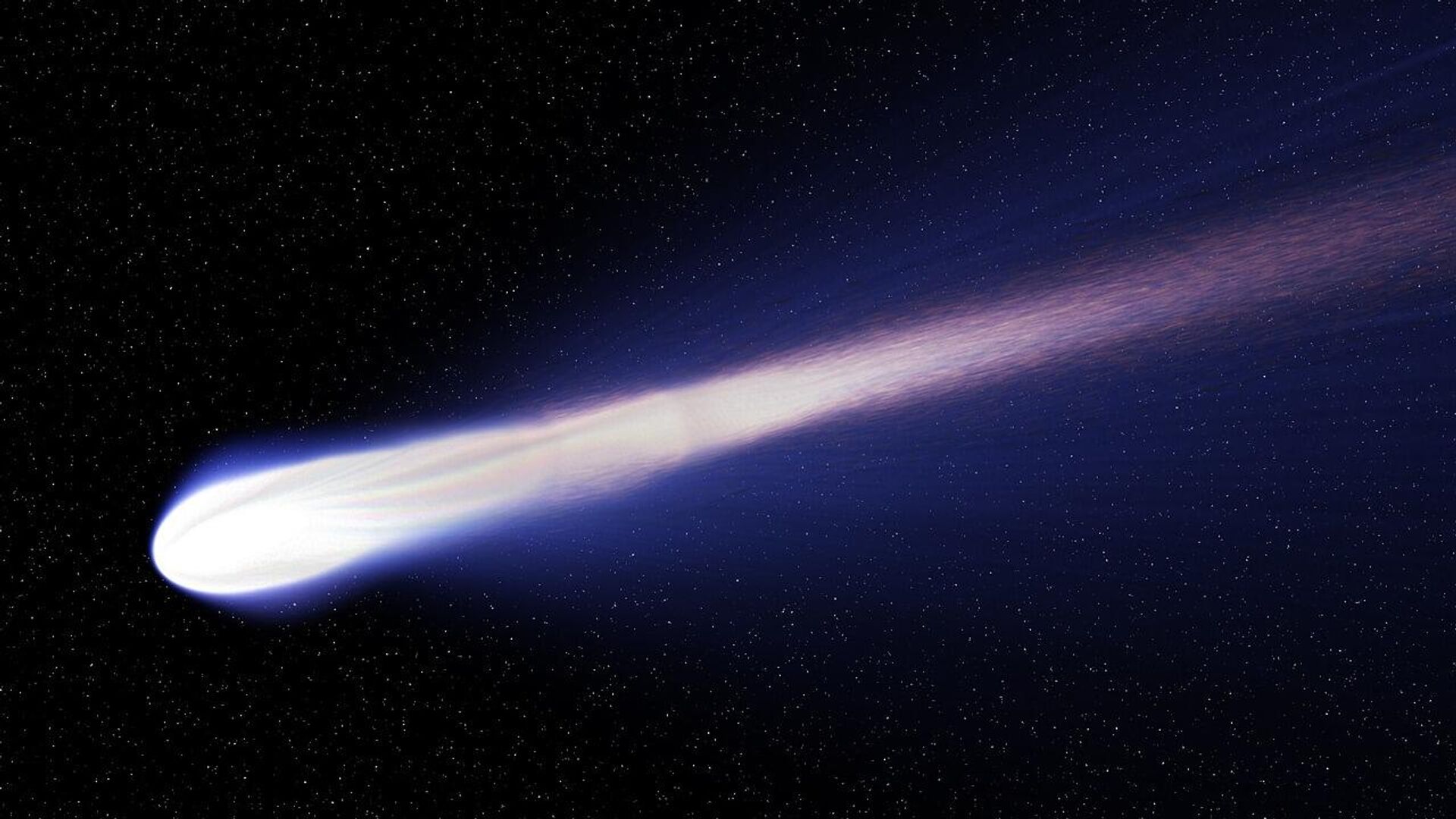https://sputnikglobe.com/20211104/ancient-exploding-comet-created-glassy-rock-patches-in-chilean-desert--1090463593.html
Ancient Exploding Comet Created Glassy Rock Patches in Chilean Desert
Ancient Exploding Comet Created Glassy Rock Patches in Chilean Desert
Sputnik International
A new study published in the journal Geology suggests that the mystery of the glassy rock patches in Chile's Atacama Desert has been solved. 04.11.2021, Sputnik International
2021-11-04T03:37+0000
2021-11-04T03:37+0000
2022-08-06T13:32+0000
geology
chile
atacama desert
science & tech
https://cdn1.img.sputnikglobe.com/img/07e5/09/1e/1089556967_0:0:1280:720_1920x0_80_0_0_fc74a96da333dc3209dce4a3ba8d1812.jpg
Researchers believe that an exploding comet fused sand into silicate glass across some 75 kilometres. Occurring about 12,000 years ago, early human inhabitants may have witnessed the event.The glassy patches have long perplexed researchers. Some believed that a widespread grassland fire or possibly a volcanic eruption had caused the event. The study was able to conclusively rule out those two options, however, and found compelling evidence to support an extraterrestrial explanation.The desert glass is dark green and black, and contains tiny fragments of minerals that are usually found in rocks of extraterrestrial origin.The glass exhibits signs of having been turned, wrapped, rolled, and thrown while in molten form, lending credence to the likelihood of a large meteor and airburst explosion creating and dispersing the material.Further analysis uncovered minerals called zircons that had thermally decomposed to form baddeleyite, which typically only happens at temperatures in excess of 3,000 degrees Fahrenheit.Adding another layer of intrigue is that the general date of the blast is very close to the time that large mammals disappeared in the area. Further studies are expected to be conducted to determine the age of the glass which will help date when the blast occurred.
chile
atacama desert
Sputnik International
feedback@sputniknews.com
+74956456601
MIA „Rossiya Segodnya“
2021
News
en_EN
Sputnik International
feedback@sputniknews.com
+74956456601
MIA „Rossiya Segodnya“
Sputnik International
feedback@sputniknews.com
+74956456601
MIA „Rossiya Segodnya“
geology, chile, atacama desert, science & tech
geology, chile, atacama desert, science & tech
Ancient Exploding Comet Created Glassy Rock Patches in Chilean Desert
03:37 GMT 04.11.2021 (Updated: 13:32 GMT 06.08.2022) A new study published in the journal Geology suggests that the mystery of the glassy rock patches in Chile's Atacama Desert has been solved.
Researchers believe that an exploding comet fused sand into silicate glass across some 75 kilometres. Occurring about 12,000 years ago, early human inhabitants may have witnessed the event.
The glassy patches have long perplexed researchers. Some believed that a widespread grassland fire or possibly a volcanic eruption had caused the event. The study was able to conclusively rule out those two options, however, and found compelling evidence to support an extraterrestrial explanation.
The desert glass is dark green and black, and contains tiny fragments of minerals that are usually found in rocks of extraterrestrial origin.
The glass exhibits signs of having been turned, wrapped, rolled, and thrown while in molten form, lending credence to the likelihood of a large meteor and airburst explosion creating and dispersing the material.
Further analysis uncovered minerals called zircons that had thermally decomposed to form baddeleyite, which typically only happens at temperatures in excess of 3,000 degrees Fahrenheit.
Adding another layer of intrigue is that the general date of the blast is very close to the time that large mammals disappeared in the area. Further studies are expected to be conducted to determine the age of the glass which will help date when the blast occurred.

